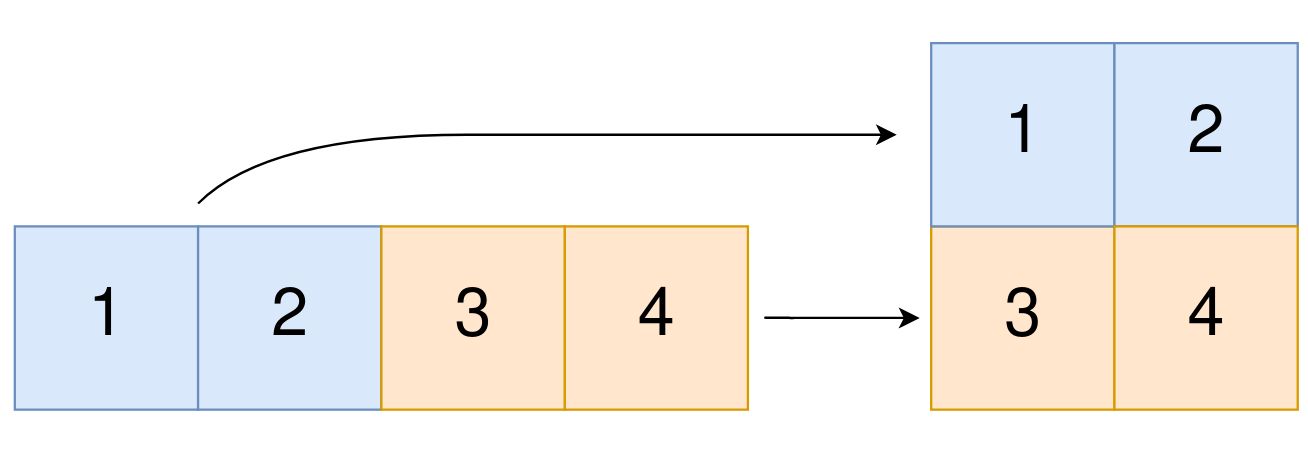Given a 0-indexed integer array nums, return the smallest index i of nums such that i mod 10 == nums[i], or -1 if such index does not exist.
x mod y denotes the remainder when x is divided by y.
Example 1:
Input: nums = [0,1,2] Output: 0 Explanation: i=0: 0 mod 10 = 0 == nums[0]. i=1: 1 mod 10 = 1 == nums[1]. i=2: 2 mod 10 = 2 == nums[2]. All indices have i mod 10 == nums[i], so we return the smallest index 0.
Example 2:
Input: nums = [4,3,2,1] Output: 2 Explanation: i=0: 0 mod 10 = 0 != nums[0]. i=1: 1 mod 10 = 1 != nums[1]. i=2: 2 mod 10 = 2 == nums[2]. i=3: 3 mod 10 = 3 != nums[3]. 2 is the only index which has i mod 10 == nums[i].
Example 3:
Input: nums = [1,2,3,4,5,6,7,8,9,0] Output: -1 Explanation: No index satisfies i mod 10 == nums[i].
Example 4:
Input: nums = [2,1,3,5,2] Output: 1 Explanation: 1 is the only index with i mod 10 == nums[i].
Constraints:
1 <= nums.length <= 1000 <= nums[i] <= 9
Solution: Brute Force
Time complexity: O(n)
Space complexity: O(1)
C++
|
1 2 3 4 5 6 7 8 9 |
// Author: Huahua class Solution { public: int smallestEqual(vector<int>& nums) { for (int i = 0; i < nums.size(); ++i) if (i % 10 == nums[i]) return i; return -1; } }; |
